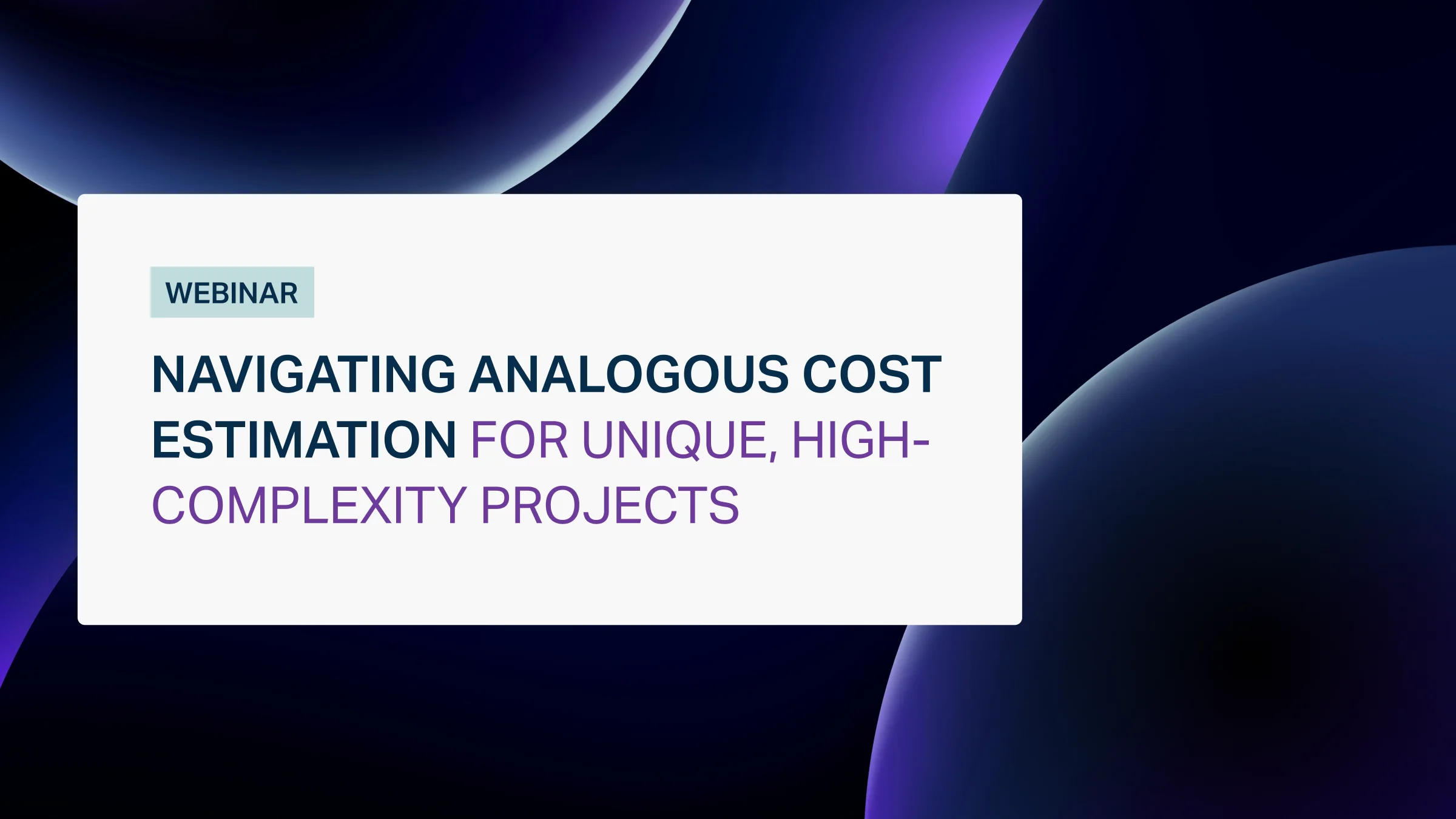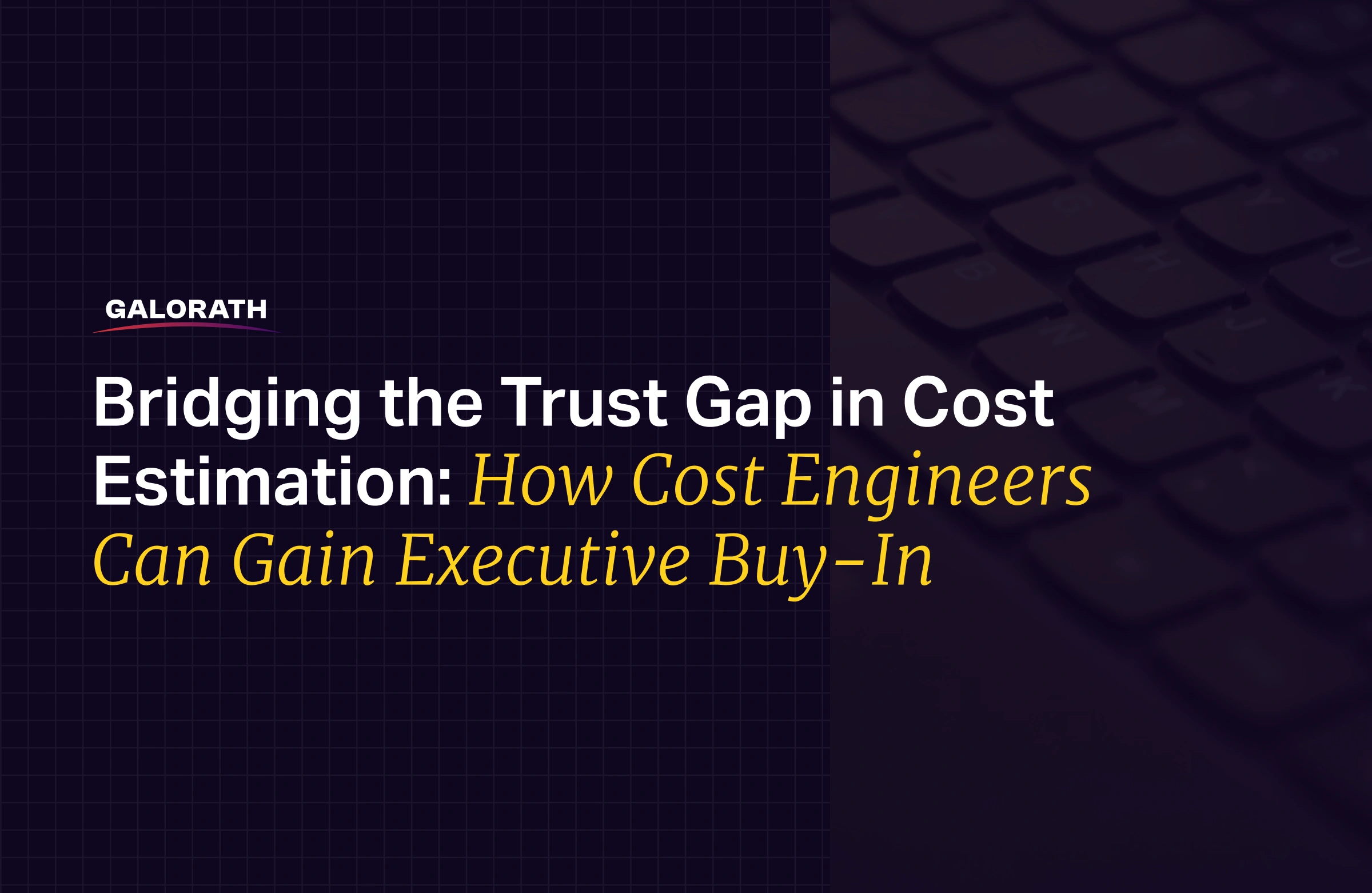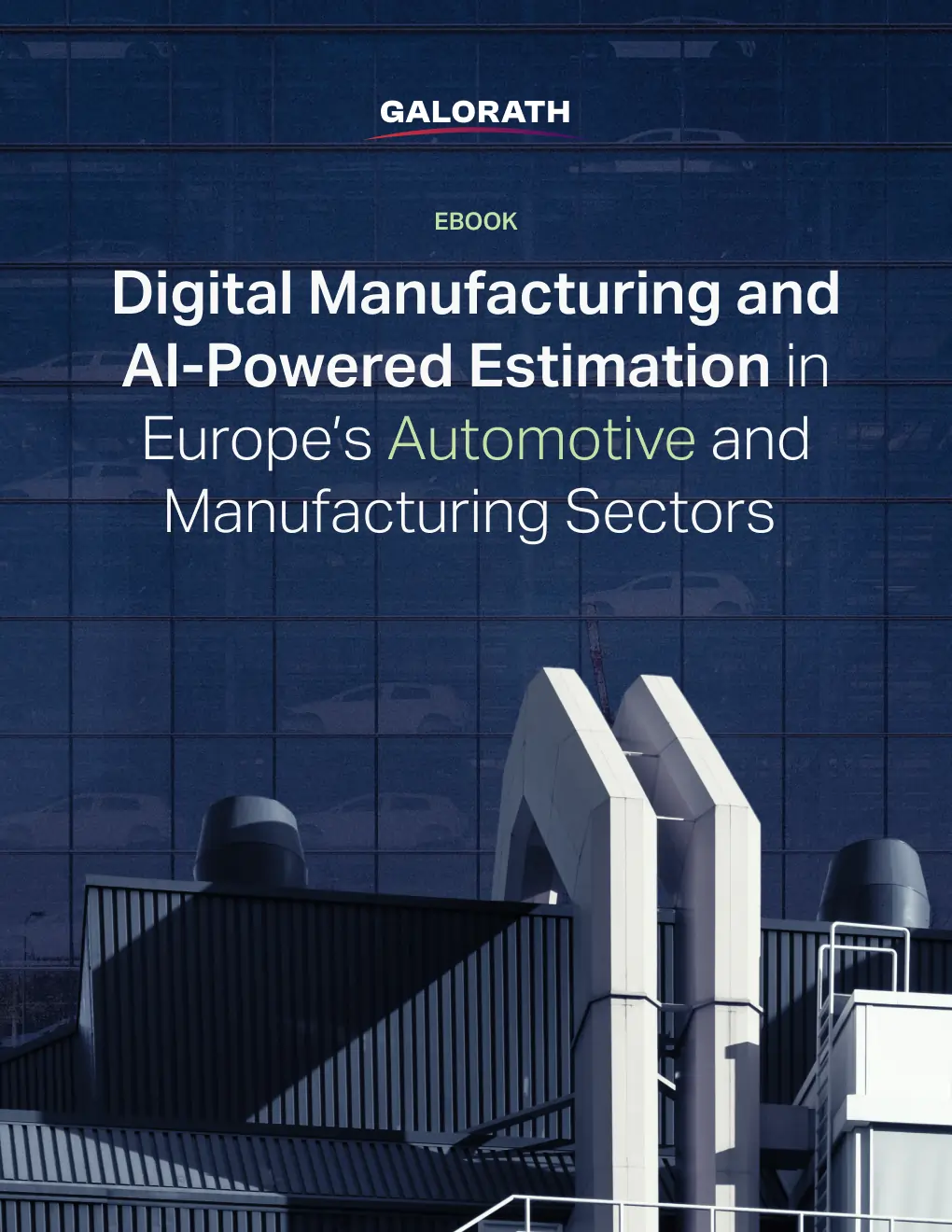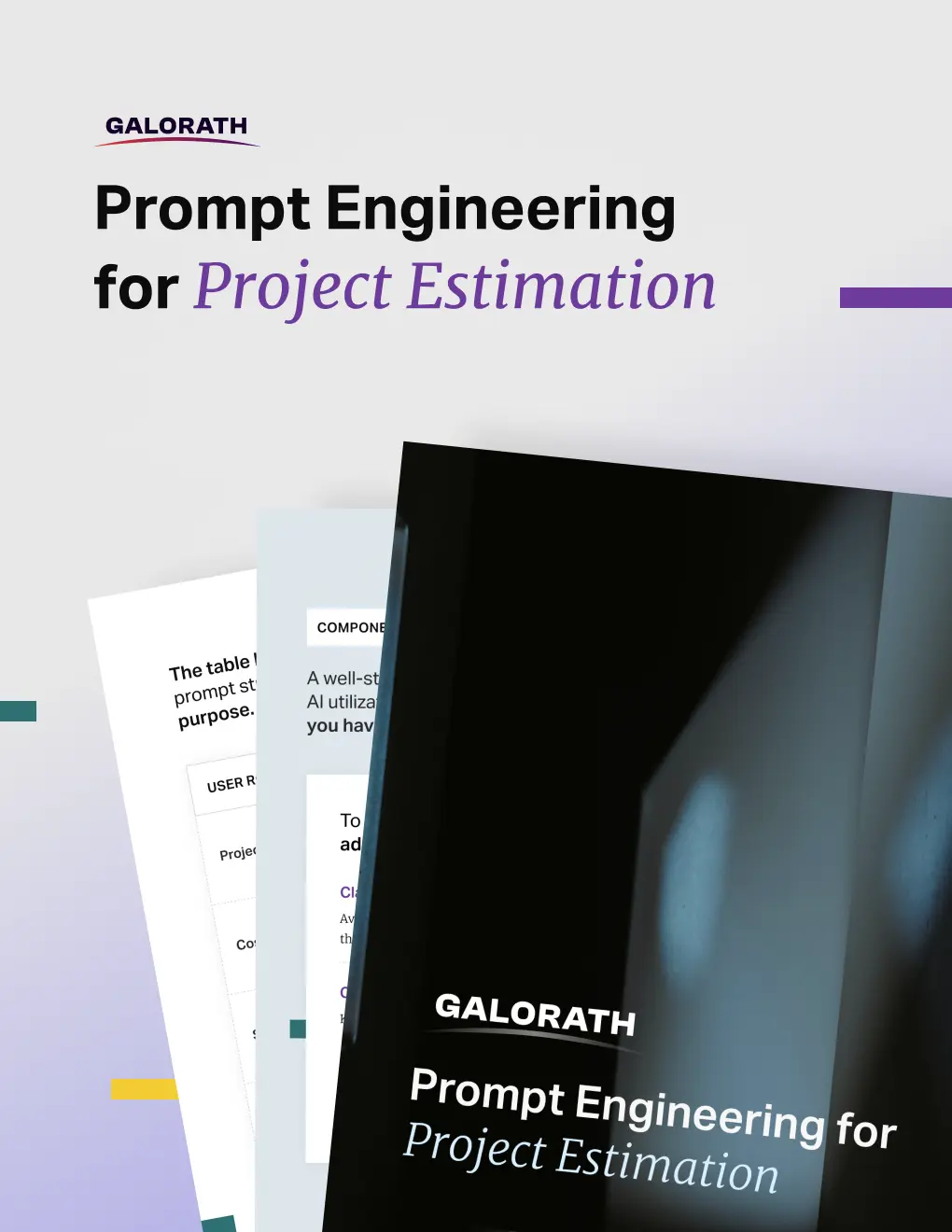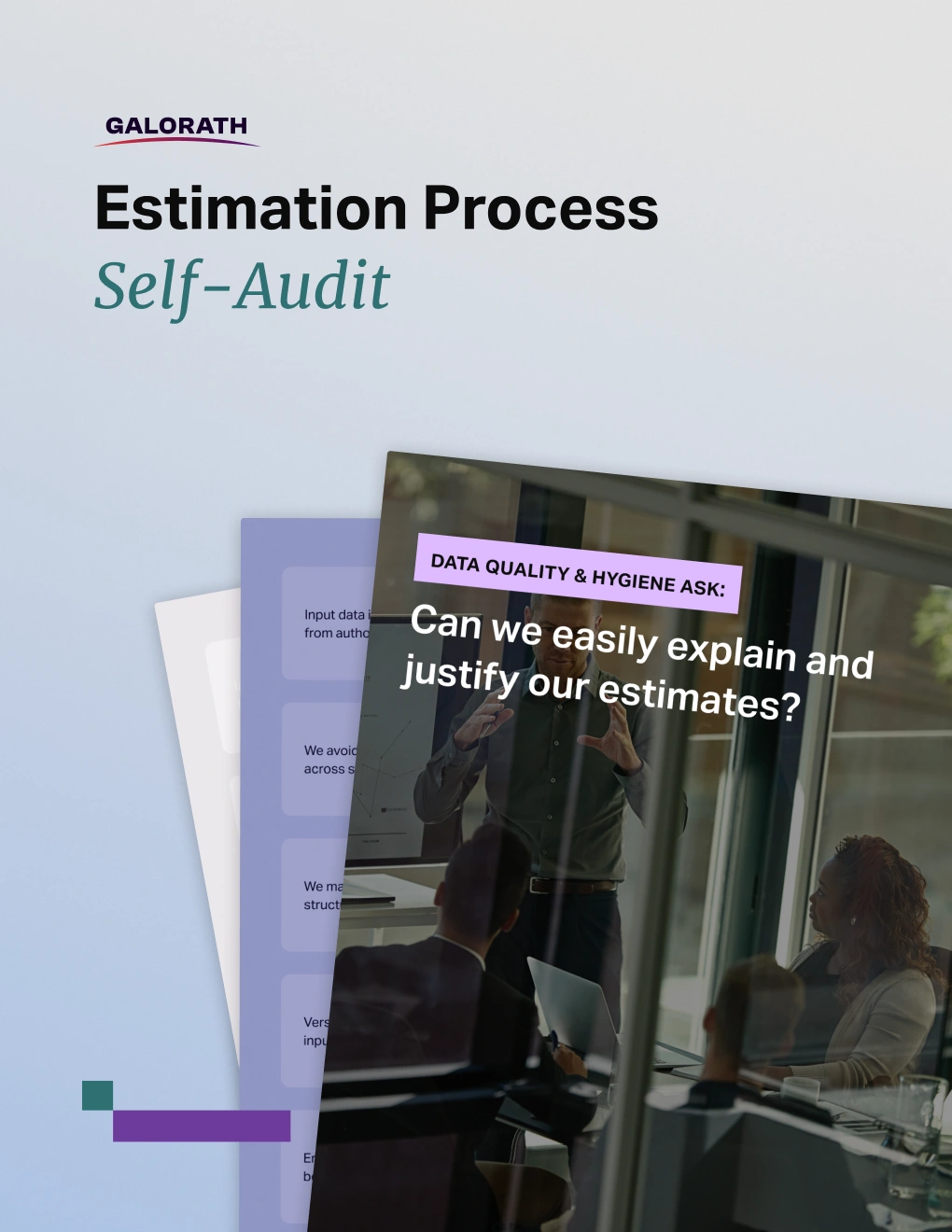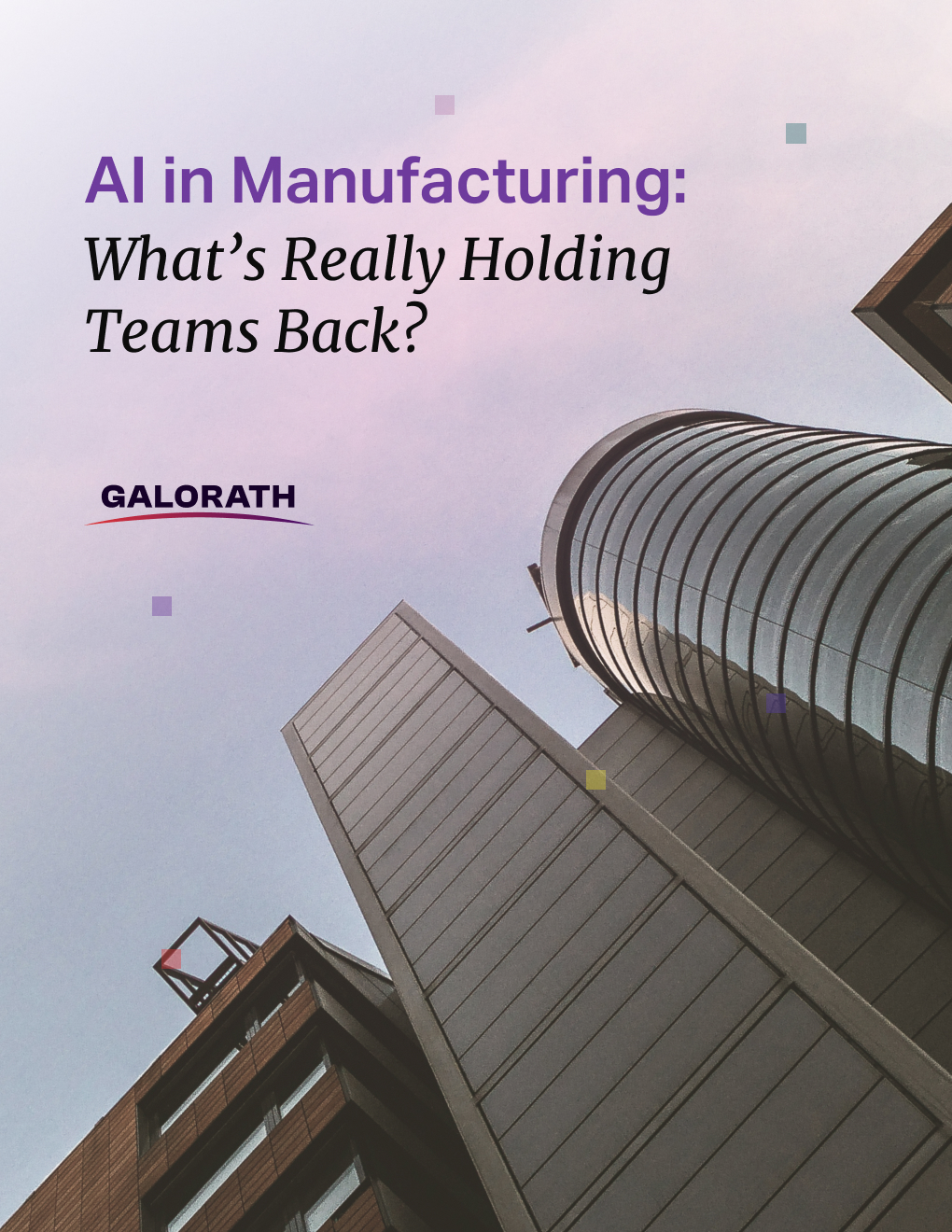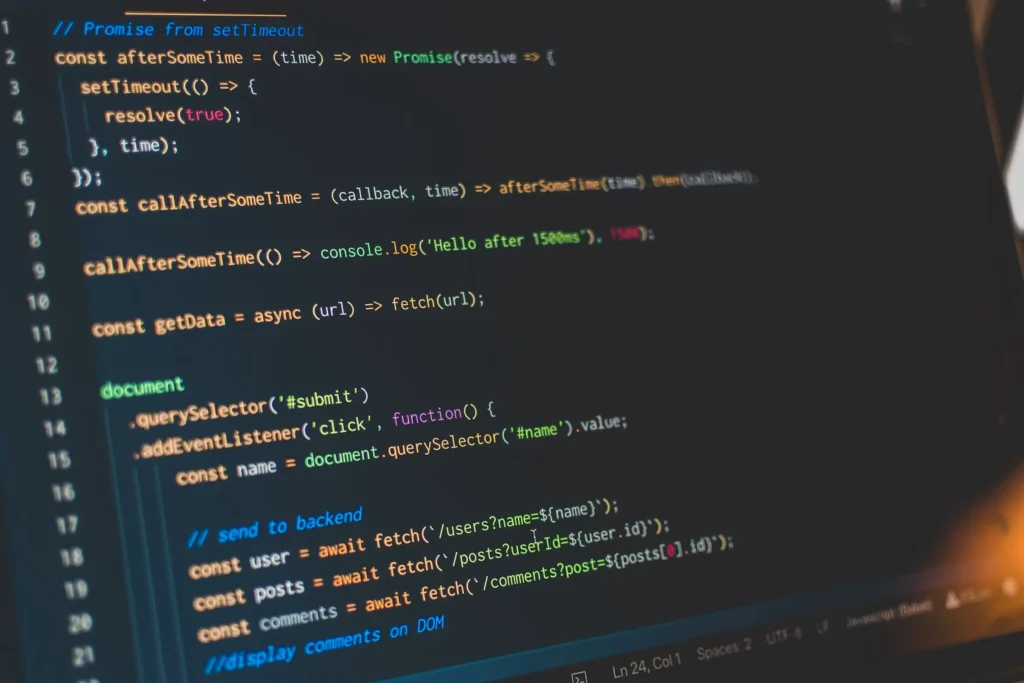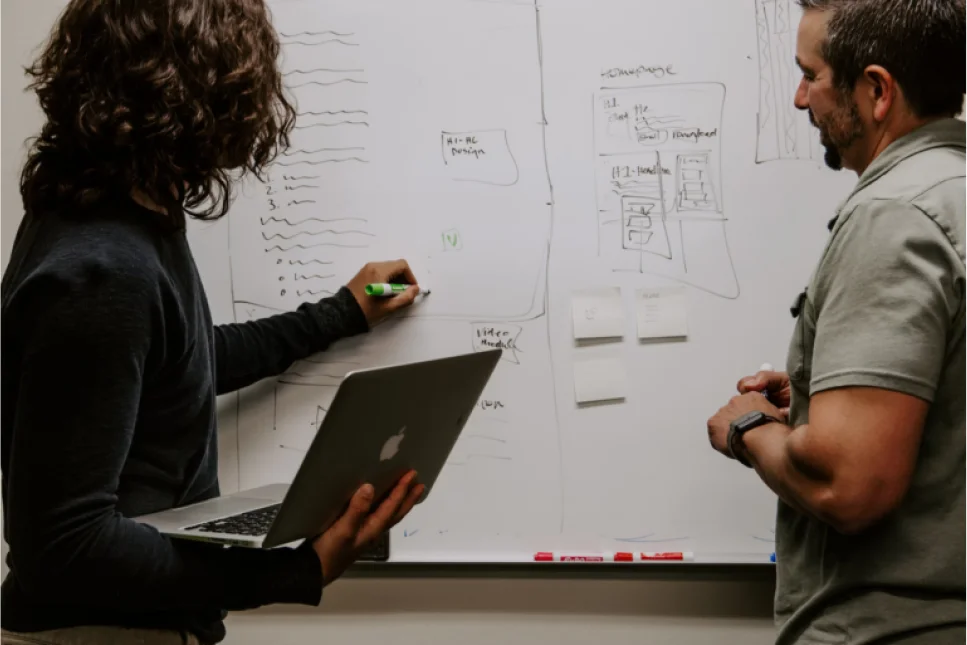Mastering Cost Risk with the CRED Model: A New Approach to Managing Uncertainty

Table of Contents
If you asked a production manager and a cost engineer to describe the perfect project, you would hear two very different answers. A production manager might focus on throughput, uptime, and delivery commitments. A cost engineer would emphasize accuracy, efficiency, and margins that hold up under scrutiny. Both perspectives are essential, but when they operate independently, projects often encounter costly rework, late compromises, and weakened profitability.
This divide is not new. Manufacturing has long balanced technical ambition with financial discipline, but the pace and scale of modern operations are exposing the limits of traditional estimation practices. Supply chains are more volatile, sustainability requirements are more pressing, and product lifecycles are shorter than ever. Under these conditions, waiting until designs are finalized or procurement contracts are signed to evaluate cost and risk is no longer viable. Decisions made early in development determine the majority of lifecycle costs. However, estimation has historically been regarded as an after-the-fact validation step rather than a driver of strategy.
AI-powered estimation addresses this imbalance. By combining structured historical data, calibrated parametric models, and generative insights, it provides a shared foundation for design, production, and finance teams to work from the same assumptions. This enables tradeoffs to be evaluated in real time, long before errors or inefficiencies cascade into production schedules and supplier negotiations. The result is fewer late-stage conflicts, higher confidence in delivery, and projects that align operational efficiency with financial strength.
Why estimation needs to move upstream
In many organizations, estimation is still positioned as a checkpoint at the end of design, used to confirm what engineering or production has already decided. This sequencing creates a structural disadvantage. By the time estimates are run, design choices, process selections, and sourcing commitments are essentially locked in. Any cost, schedule, or sustainability risks uncovered are difficult to correct without delays, redesigns, or strained supplier relationships.
For modern manufacturing, this reactive posture is increasingly untenable. The complexity of global supply chains, coupled with heightened demand volatility, has raised the stakes of early decision-making. Estimates that arrive too late to influence direction offer little strategic value. Shifting estimation upstream and embedding it within design, procurement, and production planning, turns it into a proactive capability that prevents rework, accelerates quoting, and strengthens competitive positioning.
This transition involves several critical changes:
- From point estimates to confidence ranges. Single-value estimates imply certainty that rarely exists. Confidence ranges reflect the reality of uncertainty in cycle times, supplier performance, and material pricing, enabling leaders to weigh risk alongside cost.
- From static spreadsheets to connected models. Traditional spreadsheets struggle to keep pace with shifting supplier data, fluctuating commodity prices, and updated routings. Models tied to live operational and market data ensure that scenarios remain relevant and defensible.
- From opaque calculations to transparent logic. Inconsistent spreadsheets often leave production managers and cost engineers debating assumptions rather than aligning decisions. Transparent, auditable models create trust and accelerate alignment across functions.
- Moving estimation upstream not only reduces late-stage disruptions but also reshapes the role of cost engineering. Instead of being a back-office verifier, it becomes a strategic partner to design, procurement, and operations. For production managers, this means better foresight into throughput and delivery confidence. For cost engineers, it means stronger credibility with executives who rely on estimates to guide investments and commitments.
A reference architecture for AI-powered estimation
Implementing AI in estimation is not about replacing existing systems but about building a structured framework that connects data, models, and decision-making into a coherent workflow. A strong reference architecture makes the difference between experimental pilots that never scale and repeatable practices that transform operations. It can be understood as four interdependent layers:
1. Data foundation
Every estimation initiative is only as reliable as the data it rests on. For manufacturers, this means building a curated foundation that captures both historical performance and current operating conditions. Key elements include:
- Versioned BOMs and routings: Ensure traceability, allowing changes in design, process, or supplier selection can be linked
- Cycle times, yields, and scrap rates: Calibrated with recent actuals, not outdated standards, to reflect real factory performance.
- Energy use per process: A growing requirement for carbon accounting and sustainability reporting.
- Supplier signals: Lead times, pricing trends, and reliability scores that help tie cost models to real-world availability.
- Market indicators: Commodity indexes and logistics data that account for volatility in metals, resins, or transport.
Without this structured data foundation, AI-enhanced models risk amplifying insufficient or incomplete data instead of producing actionable insights.
2. Model library
The next layer is a library of validated models that translate raw data into structured estimates. These are not one-off spreadsheets, but parametric templates calibrated to your products and processes. The models cover:
- Labor models: Accounting for learning curves, setup times, and overtime scenarios.
- Machine utilization models: Capturing throughput, maintenance cycles, and downtime risk.
- Logistics models: Integrating transport modes, distances, and dwell times into cost and schedule forecasts.
- Risk factors: Quantifying uncertainty across material costs, supply availability, and production variability.
Having a standardized, governed library ensures that all stakeholders — whether in production, procurement, or finance — are working from the same baseline assumptions, which makes comparisons and scenario testing consistent.
3. AI layer
On top of the data and model layers sits the intelligence layer that makes the system usable by non-specialists and valuable for decision-making. Key capabilities include:
- Natural language queries: Allowing engineers, planners, or procurement leads to ask, “What if we change the supplier for this alloy?” or “How would a two-shift schedule affect lead time?” without having to build new spreadsheets.
- Generative reasoning: Proposing alternative routings, supplier mixes, or material substitutions based on constraints and historical performance.
- Explainability: Every recommendation must come with a traceable explanation — the data sources used, assumptions applied, and the rationale behind the result. This protects credibility and ensures that AI supports decisions rather than acting as a black box.
This AI layer transforms estimation from a specialist-only exercise into a shared capability accessible across functions.
4. Integration
Finally, estimation needs to connect to the systems where work actually happens. Isolated pilots often collapse when they cannot tie into established workflows. Effective integration includes:
- Read connections to PLM, ERP, and MES systems: Enable the automatic pull of the latest BOM revisions, supplier records, and shop-floor data.
- Write-back capability: Pushing costed BOMs, quote packages, or scenario reports into ERP and quoting systems to support real transactions.
- APIs and orchestration: Ensuring changes in one layer (for example, a supplier lead-time update in ERP) automatically flow through to estimates without manual intervention.
With these integrations in place, estimation becomes a living process that continuously reflects operational reality rather than a static snapshot taken at one point in time.
When combined, these four layers create an estimation architecture that is transparent, repeatable, and scalable. The production manager gains visibility into how upstream decisions shape throughput and delivery confidence. The cost engineer gains models that are consistent, explainable, and defensible with executives. And leadership gains a planning capability that links financial outcomes with operational execution in real time.
Once the foundation is in place, the question becomes: where can AI-powered estimation deliver the most immediate value? Three areas stand out as priorities for manufacturers: design optimization, inventory-informed quoting, and sustainability modeling. Each demonstrates how connected estimation can resolve long-standing tradeoffs between speed, cost, and confidence.
Design optimization that reduces rework
Goal: Improve early decisions by linking design choices to cost, schedule, and production constraints before release.
Workflow
- Define the decision space: materials, tolerances, routings, lot sizes, tooling strategies.
- Build a baseline: estimate the current BOM and routing using recent actuals and supplier data.
- Generate alternatives: by requesting scenarios that reduce cycle time, energy use, or scrap while maintaining functional requirements.
- Score each option based on the following criteria: cost, lead time, capital requirements, energy consumption, and risk exposure.
- Select and document: provide a costed BOM with assumptions and rationale.
Impact
- Fewer late design changes and reduced rework.
- Faster design-to-cost sessions.
- Better alignment between engineering and production planning.
Real-time inventory signals for quoting and scheduling
Goal: Develop quotes and production plans that accurately reflect current supply constraints and pricing.
Workflow
- Attach supplier signals to the BOM: lead times, costs, and approved alternates.
- Run quote scenarios with confidence ranges tied to supplier reliability.
- Compare tradeoffs: delivery speed versus cost savings, supplier substitutions versus schedule impact.
- Publish quotes with risk registers, not just static cost sheets.
KPIs
- Reduced quote cycle times.
- Higher win rates with competitive but realistic bids.
- Lower variance between estimates and actual outcomes.
Sustainability modeling that drives decisions
Goal: Quantify energy use and carbon impact at the part and process level to guide design and sourcing.
Workflow
- Establish a carbon and energy baseline.
- Generate alternatives such as local sourcing, material substitutions, or higher recycled content.
- Apply operational levers, such as batching, low-carbon scheduling, or improved SPC to reduce rework.
- Publish a sustainability bill of materials with assumptions and traceability.
KPIs
- Carbon per unit and energy per unit.
- Scrap and rework rates.
- Transport miles per unit.
Data preparation and governance essentials
Reliable estimation depends on structured, calibrated data. Minimum requirements include versioned BOMs, recent actuals for cycle times and yields, supplier lead times, and energy data. Governance practices should enforce unit standards, lineage tracking, and quality checks to prevent drift.
Transparency is critical. Every scenario must produce a traceable record of assumptions and data sources so both production managers and cost engineers can trust the results.
Building momentum with a 90-day pilot
A focused pilot helps organizations demonstrate impact quickly:
- Weeks 1–2: Scope one product family, define KPIs, and align stakeholders.
- Weeks 3–5: Stage data and build a baseline estimate with confidence ranges.
- Weeks 6–8: Run design optimization and inventory-aware quote scenarios.
- Weeks 9–10: Add sustainability modeling.
- Weeks 11–12: Validate results against recent actuals and document the runbook for expansion.
Ready to Put AI Estimation Into Action?
Don’t just read about it, bring it into your next team session.
Download the AI Facilitator’s Guide and Readiness Checklist to:
- Run a structured workshop with production, cost engineering, procurement, and IT.
- Quickly assess your organization’s readiness for AI-powered estimation.
- Assign roles, track progress, and define a 90-day pilot plan.
Use these tools to turn insights into a concrete roadmap your team can act on immediately.
How SEER and SEERai support this approach
SEER provides validated parametric models for cost, schedule, labor, and risk across manufacturing. SEERai adds natural language interaction, scenario generation, and explainability. Together, they integrate with existing systems to help manufacturers quote faster, plan smarter, and deliver projects with more substantial confidence and sustainability outcomes.
10 Step Estimation Process Sample Checklist
View our 10 Step Estimating Process Checklist. This checklist should be tuned to the individual company’s needs and suggestions.
Estimating Total Cost of Ownership (TCO)
Find out how you can use Total Cost of Ownership (TCO) model to create an estimate which includes all the costs generated over the useful life of a given application.
Should Cost Analysis
Learn how Should-Cost Analysis can identify savings opportunities and drive cost efficiency in procurement and manufacturing processes.
ROM Estimate: The First Step Towards a Detailed Project Plan
Find out what ROM (rough order of magnitude) estimate is and why is it a crucial element of every project planning cycle.
Software Maintenance Cost
Find out why accurate estimation of software maintenance costs is critical to proper project management, and how it can make up to roughly 75% of the TCO.

